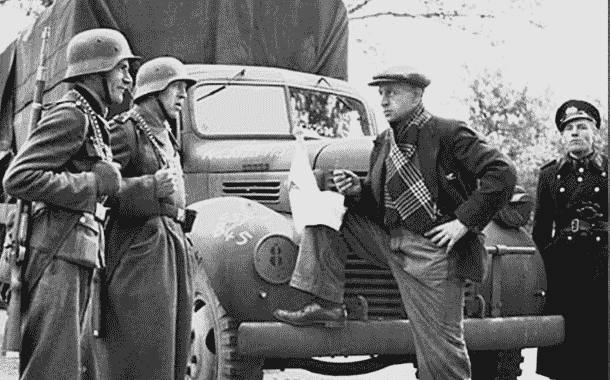<![CDATA[In April 1945, Soviet soldiers attacked Berlin and took the city from the hands of the Germans. The brave act resulted in the end of the devastating Second World War in Europe. According to estimates, in just three days of battle, up to 33,000 Russian, and 12,000 German soldiers, were killed. About a million Soviet soldiers under Marshal Georgi Zhukov's command attacked the Gates of Berlin. On the other side, about 110,000 German soldiers from the Ninth Battalion were defending the city. History records show that it was in Seelow Heights that some of the most devastating fighting of the battle took place. It all started in the early hours of the 16th April, with a colossal bombardment by artillery weapons. On the third and final day of the battle, the last line of German defence was breached and the Battle of Berlin ended. Adolf Hitler was pronounced dead within a fortnight and thus, the war in Europe came to an end. After almost seventy years, the remains of those German soldiers who fought at the Battle of Seelow Heights have been discovered by the Association for the Recovery of the Fallen. The rescued remains were found in a hidden place near Klessin, Brandenburg. What's really surprising and touching is that the remains of the German soldiers were discovered still wearing their helmets and boots, some of the skeletons even have their weapons nearby. This discovery indicates the extent to which the soldiers were still willing to fight and risk their lives for what must have seemed an increasingly lost cause. The Association for the Recovery of the Fallen is a team of archaeologists composed of volunteers from Russia, Germany, Switzerland, Holland and Ukraine. The association was founded back in 1992 with just two hundred members. The website of the association says that their mission is to find nameless dead soldiers who lay with no commemorative stones or recognitions, some of whom may still be listed as missing. The team is not only looking for soldiers; they are searching for human beings - Fathers, Sons, Brothers and any other civilians who lost their lives in the war around seventy years ago. To show respect for the men who risked their lives in the last part of the Second World War, the team of archaeologists put up a simple wooden cross at the site, with one of the helmets they had found placed on top of it. The Klessin, Brandenburg dig unearthed the bones, boots, helmets and light weapons of the brave men who fought hard in their attempt to protect the murderous Third Reich. ]]>
Remains of German Soldiers Unearthed After 70 Years of World War II
